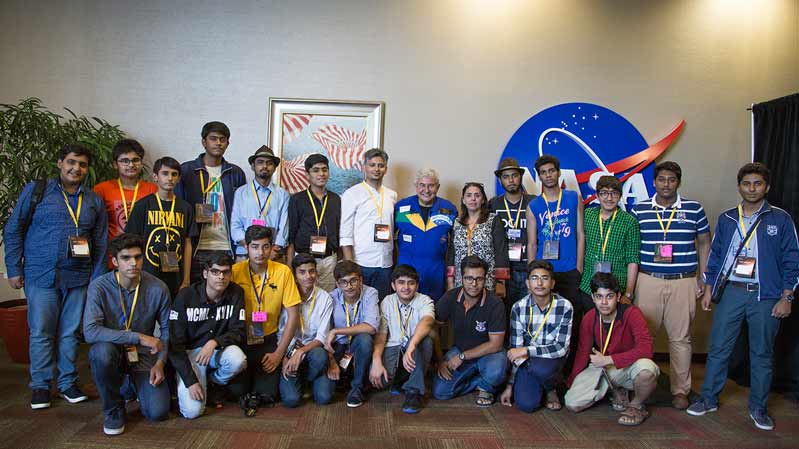In the current age of technology, with the vast amount of information available on the internet, the education scenario has changed drastically. The methods of teaching, whether in the school or out of the school, have slowly changed and so have the educators. With this change, there is an increased need for innovation in an Educational Program. Whether it is a hands-on learning approach or experiential learning, whether it is collaborative learning or project-based learning, education has changed its approach, and an educational program has changed its structure. Let us look at some of the innovations in the field of education:
-
Experiential Learning:
It is one of the most effective forms of learning. An educational program weaved around experiential learning includes learning through activities. From the elementary methods of experimentation like those in a science educational program, to the field trips to places of historical importance, experiential learning is interwoven into various aspects of education. Field trips to NASA and other such educational trips provide not just information, but an experience to the students. It is a particularly effective mode of teaching because the students feel familiar with concepts and ideas once they have experienced them as a part of their reality. Such an educational program takes into consideration the fact that it’s important to draw a student’s attention in such a way that he is curious to know and the learning marks an impression on the child’s memory.
-
Digitalised learning:
The technological revolution has brought a lot of innovative techniques to classroom learning as well. The incorporation of Audio Visual material supplements the textbooks. Using 3D videos, many concepts are made easy to understand and accurate to communicate. A Science Educational program will particularly find it useful since the world Science describes is made up of amazing phenomena that can’t possibly be captured on a Whiteboard or blackboard in the classroom. Furthermore, it makes learning exciting. Who wouldn’t enjoy watching a hologram of the human brain? It has a particular benefit for areas with limited resources. When students can’t travel to find how the ecosystem of a mountainous region is, the region can make its way into the classroom through technology. Also, a lot of lectures and classroom videos from the best educators and the universities can be brought to the classroom and make high-class education accessible for all.
-
Collaborative Learning:
A good educational program should cater to both the individualistic as well as group mode of learning amongst students. In the previous times, with the competitive entrance exam environment, there was a lot of shift towards personalized learning. The approach of assessment and the exams conducted also tested an individual’s understanding of concepts. However, Collaborative learning is important not just for the understanding of a concept but for the various life skills and soft skills that it teaches along the way. Different people have different strengths and different skills as well. Collaborative learning allows for an exchange of ideas and helps students learn from different perspectives. When given a project to complete, children communicate with each other, this improves their social skills, confidence, and helps build a sense of trust and teamwork.

